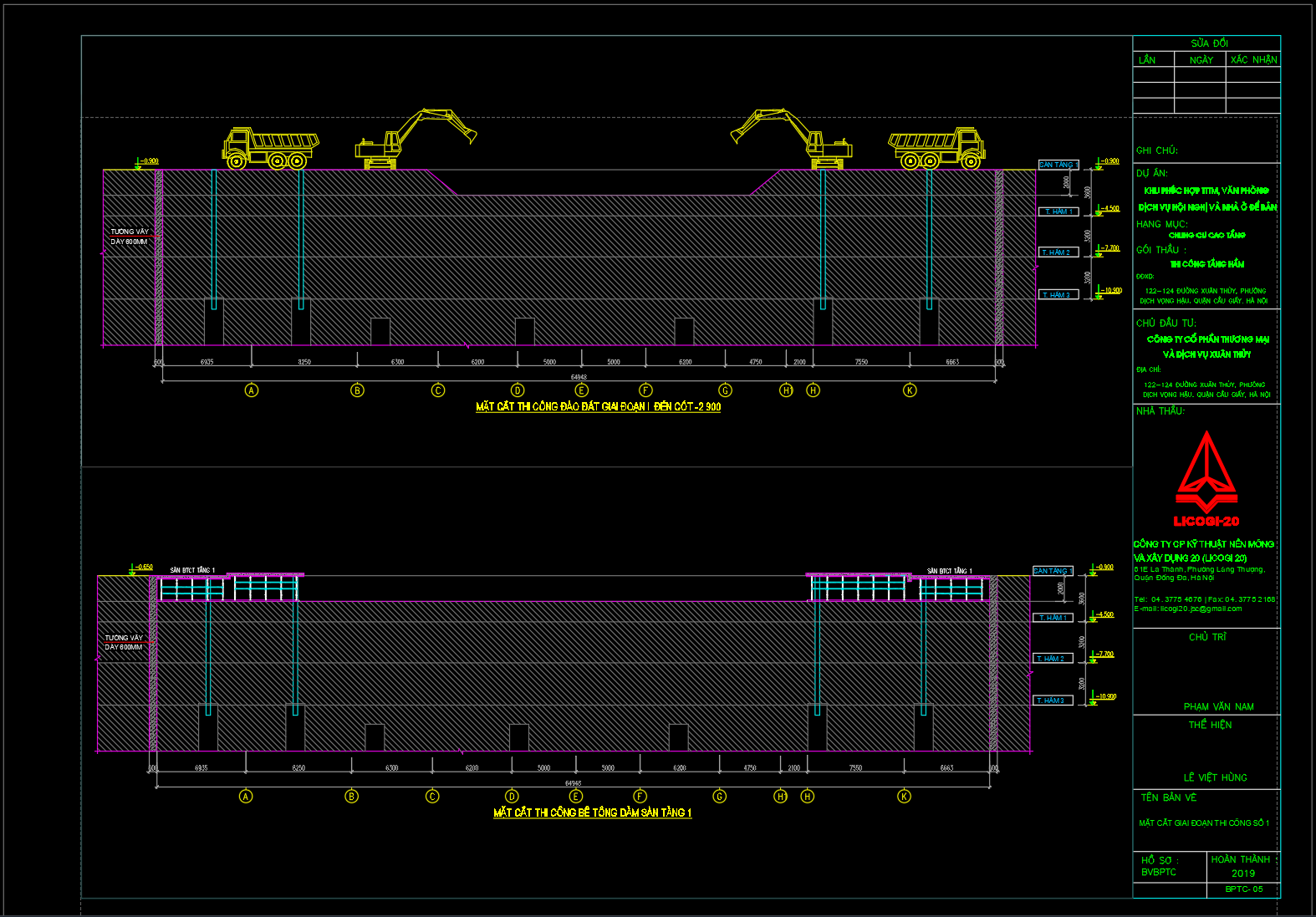Cranes – Design, Practice, and Maintenance – Ing. J. Verschoof (TCE0013)
30.000 ₫
Tác giả: Ing. J. Verschoof
Số trang: 349 trang
Định dạng file: pdf
Link tải sản phẩm:
Hãy thêm vào giỏ hàng để thanh toán và nhận password giải nén.
CAM KẾT TỪ NGƯỜI BÁN
Hình ảnh đúng với file bản vẽ
Cam kết bản vẽ giống 100% như hình ảnh
Mô tả
Cranes – Design, Practice, and Maintenance – Ing. J. Verschoof
Chapter 1 Introduction
1.1 History
1.2 Power
1.3 Some types of cranes and lifting equipment
1.4 Capacities, number of cycles, cycle-time
1.5 The influence of wind and storms
1.6 Hatchless container vessels
Chapter 2 Wire ropes
2.1 Wire rope reeving systems
2.2 Influencing the lifetime of wire ropes
2.3 Drum diameters and wire rope sheave diameters
2.4 The choice of wire ropes
2.5 Fleet angles; grooves on drums and in wire rope sheaves
2.6 The bending angle over sheaves; the ultimate tensile limit
2.7 The lifetime of wire ropes
2.8 Wire rope strength
Chapter 3 Drives; calculating motor powers
3.1 Driving systems
3.2 Numbers of wire rope sheaves in the hoisting mechanisms of different reeving systems
3.3 Calculating the requisite power of the hoisting motors
3.4 Calculating the needed power of the trolley travelling motors
3.4.1. Direct driven trolleys or motor trolleys; wheel slip control
3.4.2. Trolleys pulled by wire ropes or rope driven trolleys
3.4.3. Rope driven trolleys for grab unloaders with a main and auxiliary trolley
3.5 Hoisting the boom; calculating the power needed for the boom hoist motor
3.6 Calculating the needed power of the crane-travelling motors. Wheelslip control – how to calculate the forces through skewing of the crane and trolley
3.7 The rating of the motors
3.8 The root-mean-square calculation
3.9 The current supply of a crane by a diesel generator set: calculating methods and warnings
3.10 Calculating the power needed for the slewing motors of level luffing cranes
3.11 Calculating the power needed for the luffing motor of level luffing cranes
Chapter 4 Brakes
4.1 Modern brakes
4.2 Hoisting brakes; lowering the load; emergency stop
4.3 Hoisting brakes; lowering the load; braking by full motor torque
4.4 Hoisting brakes; hoisting the load; braking by full motor torque
4.5 Hoisting brakes; hoisting the load; emergency stop
4.6 Svendborg brakes
4.7 Calculating the brake time and braking distance of a crane
4.8 The acceleration of a crane by wind at the beginning of an emergency stop
4.9 Storm pins and storm brakes
Chapter 5 Standards
5.1 CEN
5.2 FEM
5.3 ISO
5.4 DIN; BS; JIS
Chapter 6 Sagging and slapping of the wire ropes; rock and roll of the spreader; machinery trolleys versus wire rope trolleys; twin-lift; positioning; automatic equipment identification (AEI)
6.1 Sagging and slapping of the wire ropes; other hoist wire rope systems for container quay cranes and grab unloaders
6.2 The rock and roll of the spreader
6.3 Advantages and disadvantages of machinery trolleys versus wire rope driven trolleys
6.4 Container transport with twin-lift spreaders; long twin-lift; Bramma Tandemlift. Connecting the spreader to the headblock
6.5 Sway and swing; automation of the trolley travelling mechanism
6.6 The positioning of a hoisting mechanism; automation
6.7 Automatic positioning for crane travelling mechanisms
6.8 The automatic identification of containers
6.9 Electronic Data Interchange (EDI)
6.10 GE Toshiba Automation Systems; crane automation
6.11 The Stewart Platform Reeving
6.12 Checking the alignment of containers etc. with Laser Scanners
6.13 Spreader Positioning System
6.14 Camera-Monitor Systems
Chapter 7 Construction and calculation methods on strength and fatigue
7.1 Materials
– For steel constructions
– For mechanisms
7.2 Welding
7.3 Bolts
7.4 Construction of box and lattice girders etc.
7.5 Boom-ties; diagonals
7.6 Calculations on strength and on fatigue
7.7 The natural frequency
Chapter 8 Wheels and tracks
8.1 Calculating the wheel diameters of fast-running trolleys
8.2 Calculating the wheel diameter of a crane travelling wheel for normal speeds
8.3 Differences in wheel loads, due to breaking forces
8.4 Rails and rail constructions
8.5 Trolley travelling rails and boom hinge points
8.6 Wear and tear of a crane rail
8.7 Buffers
Chapter 9 Miscellaneous
9.1 Overload preventers
9.2 Snag loads
9.3 Anti-collision systems
9.4 Cable reels
9.5 Festoon systems: current and data supply to the trolleys
9.6 Inductive power transfer and data transmission
9.7 Hoppers
9.8 Apron feeders; conveyors
9.9 Electronic Tracking Guide System
9.10 Gears
9.11 The Promo-Teus Conveyor Belt System
Chapter 10 Maintenance
Cranes – Design, Practice, and Maintenance – Ing. J. Verschoof
Bạn không biết Tải Tài Liệu như thế nào ? 👉 Xem Cách Tải 👈


